Taverns have long been hubs of social interaction, cultural exchange, and communal gatherings, serving as vital spaces in many societies. From the medieval era to modern times, taverns have evolved into diverse establishments, reflecting the changing needs and preferences of humanity. While the concept may vary across different regions and eras, the essence of tavern hospitality traditions remains a cornerstone of human interaction. Whether it’s the traditional tavernen in Europe or the lively pubs in Ireland, these establishments continue to play a pivotal role in fostering connections among people. Taverns are more than just places to drink and dine; they are spaces where stories are shared, memories are made, and traditions are passed down. This article delves into the rich tapestry of tavern hospitality traditions, exploring their historical roots, modern adaptations, and enduring appeal. By examining the unique characteristics of taverns across various cultures and periods, we will uncover how these establishments have shaped our understanding of hospitality and community.
Key Takeaways
– Engage in traditional activities like enjoying drinks, hosting gatherings, and indulging in hearty meals at colonial taverns.
– Discover the variety of foods served, including pork dishes, fish and seafood, vegetable and grain dishes, and sweet treats.
– Understand the evolution from medieval taverns to modern bars, highlighting the enduring significance of hospitality and tradition.
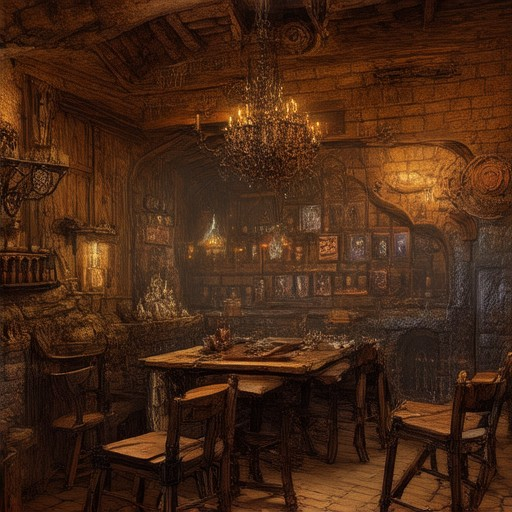
Tavern Culture
Tavern culture refers to the rich tapestry of history, tradition, and social significance associated with pubs, bars, and other drinking establishments. These establishments have long served as more than just places to quench thirst; they are cultural hubs that reflect the values, history, and community ties of the regions they inhabit.
Origins of Taverns
The roots of tavern culture can be traced back to ancient times, when inns and public houses began to emerge as resting stops for travelers. In medieval Europe, taverns became vital social spaces, offering shelter, food, and drink to weary wanderers. Over centuries, these establishments evolved into vibrant centers of local culture, often doubling as community gathering points.
The Social Role of Taverns
Taverns are more than just places to drink alcohol; they are social spaces where people connect, share stories, and celebrate traditions. Many pubs and bars host local events, live music performances, and community gatherings, making them integral to the fabric of daily life. Tavern culture often reflects the values and customs of the neighborhoods they serve, creating a sense of belonging among regular patrons.
Taverns in Literature and Art
The cultural significance of taverns has been celebrated in literature, art, and folklore. From classic novels to historical paintings, tavern scenes have been depicted as symbols of camaraderie, tradition, and the human connection. These representations highlight the enduring appeal of pubs and bars as spaces where stories are shared and memories are made.
Evolution of Tavern Culture
Over time, tavern culture has adapted to changing societal needs and preferences. While traditional pubs remain popular, modern bars now offer a variety of experiences, including gourmet cuisine, craft beers, and themed nights. Despite these changes, the core essence of tavern culture—its ability to foster community and celebrate heritage—remains unchanged.
By exploring the history, traditions, and social impact of taverns, we gain a deeper appreciation for their role in shaping local cultures around the world.
What is a Tavern in the Hospitality Industry?
A tavern is a type of establishment in the hospitality industry that primarily serves alcoholic beverages and often provides food and drink in a relaxed, social setting. Traditionally, taverns have been gathering places for people to enjoy drinks, sometimes accompanied by live music or entertainment. They typically cater to a casual audience looking to unwind in a comfortable environment.
Taverns may offer a variety of beverages, including beer, wine, spirits, and sometimes non-alcoholic options. Many also provide light meals or snacks, making them a convenient option for those seeking a quick bite and a drink. The atmosphere in a tavern is usually laid-back, with seating arrangements often including high stools or benches along counters.
Examples of well-known taverns include Dufferin Arms , which is known for its rich history and commitment to preserving the charm of traditional pub culture. These establishments play a significant role in local communities, often becoming hubs for social interaction and cultural events.
By offering a blend of food, drink, and entertainment, taverns continue to remain popular destinations for both locals and visitors alike, contributing to the vibrant tapestry of the hospitality industry.
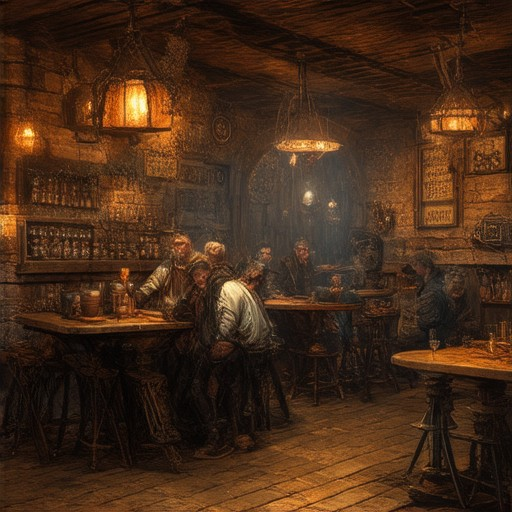
What Did People Do in Taverns?
People engaged in a variety of activities in taverns, making them vibrant social hubs. Here are some common things they did:
- Social Gatherings: Taverns were prime spots for people to meet, chat, and catch up with friends or strangers.
- Enjoying Meals: Many taverns featured hearty meals, often serving traditional dishes paired with drinks.
- Drinking Beverages: Taverns were known for their selection of beers, wines, and spirits, catering to different tastes.
- Engaging in Entertainment: Patrons often enjoyed live music, storytelling, or games like darts and pool.
- Snacking on Nuts and Cheese: Small plates like nuts and cheese were commonly available to accompany drinks.
- Relaxing Atmosphere: Taverns provided a welcoming environment with cozy seating and warm fireplaces during colder months.
- Sharing News and Stories: Taverns served as spaces for exchanging gossip, sharing local news, and listening to tales.
- Historical Discussions: In some cases, taverns hosted debates or discussions on topics like politics and culture.
- Accommodation: Some taverns doubled as inns, offering travelers a place to stay overnight.
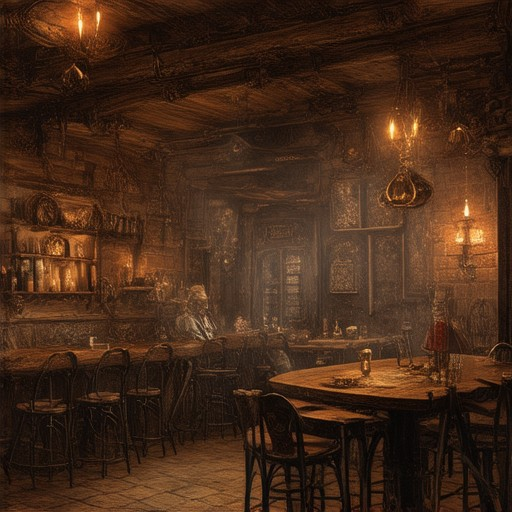
Three Things You Could Do in a Colonial Tavern
In a colonial tavern, patrons could engage in several activities:
-
Serving Drinks
Taverns were central hubs for consuming alcoholic beverages, often featuring a variety of ales, beers, and spirits. Patrons could gather around wooden tables to enjoy their drinks, sometimes accompanied by live music or storytelling.
-
Hosting Gatherings
Colonial taverns were not just places to drink but also spaces for social interaction. Patrons might engage in card games, board games, or simply converse over a pint. These establishments often doubled as community gathering spots.
-
Enjoying Food
Many taverns offered simple yet hearty meals, such as roasted meats, stews, and breads. Patrons could pair their drinks with these dishes, making the tavern a one-stop destination for relaxation and nourishment.
What Food Was Served in Colonial Taverns?
In colonial America, taverns played a significant role as social hubs, serving as resting spots for travelers and locals alike. The food offered in these establishments reflected the availability of resources and regional cuisine.
Pork Dishes
- Bacon and ham were among the most common foods due to their affordability and ease of preservation.
- Roasted turkey was a popular dish, often served with bread or vegetables.
- Pork stew and pot roast were hearty options that could be prepared with minimal ingredients.
Fish and Seafood
- Cod and salmon were frequently available, especially along the coast.
- Fried fish was a favorite, often paired with sides like cornbread or potatoes.
Vegetable and Grain Dishes
- Hot biscuits were a staple, often served with butter or honey.
- Cornbread was a common side, made from readily available cornmeal.
- Root vegetables like carrots and turnips were often featured in stews and soups.
Sweet Treats and Drinks
- Apple pie and other fruit pies were enjoyed as desserts.
- Hard cider and ale were commonly served, reflecting the region’s brewing traditions.
The variety of food in colonial taverns catered to diverse tastes, offering comfort and sustenance to travelers and locals alike. These establishments were not just places to drink but also to enjoy hearty meals that reflected the agricultural abundance of the time.
Learn more about colonial pub culture .
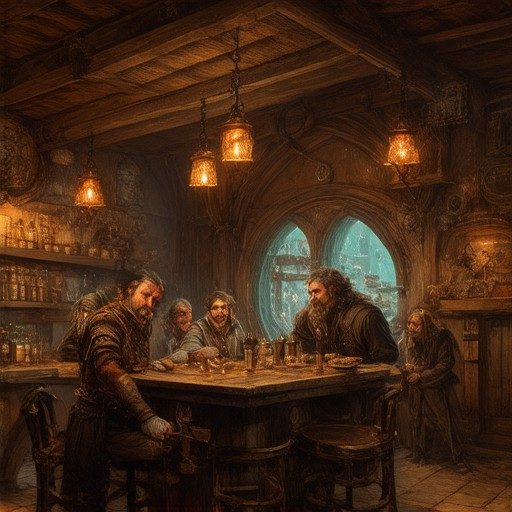
What Were Three Bars Known For?
Three Bars was renowned for his exceptional contributions to the equine industry as a stallion. Here are the key aspects that made him famous:
Background and Lineage
Three Bars was born in 1948 and became a prominent figure in horse racing. He was known for his impressive physical traits and athletic abilities, which made him highly sought after for breeding purposes.
Championships and Accolades
Throughout his career, Three Bars produced numerous champions. His offspring excelled in various disciplines, including racing and jumping. Notably, he sired 29 AQHA Champions and 4 AQHA Supreme Champions, showcasing his genetic influence.
Earnings and Legacy
His foals earned over $3 million on the racetrack, solidifying his reputation as a top-producing stallion. Three Bars’ success extended beyond racing, as his descendants also excelled in competitive events and shows.
Competitive Edge
Three Bars was also known for his competitive spirit. He competed in several races himself, demonstrating his speed and agility. His ability to pass on these qualities to his offspring made him a valuable asset to the industry.
Dufferin Arms celebrates the rich history and legacy of horses like Three Bars, highlighting their impact on the world of equestrian sports.
Conclusion
Three Bars left an indelible mark on the horse racing world, earning recognition for his productivity and the success of his offspring. His legacy continues to inspire enthusiasts and breeders alike.

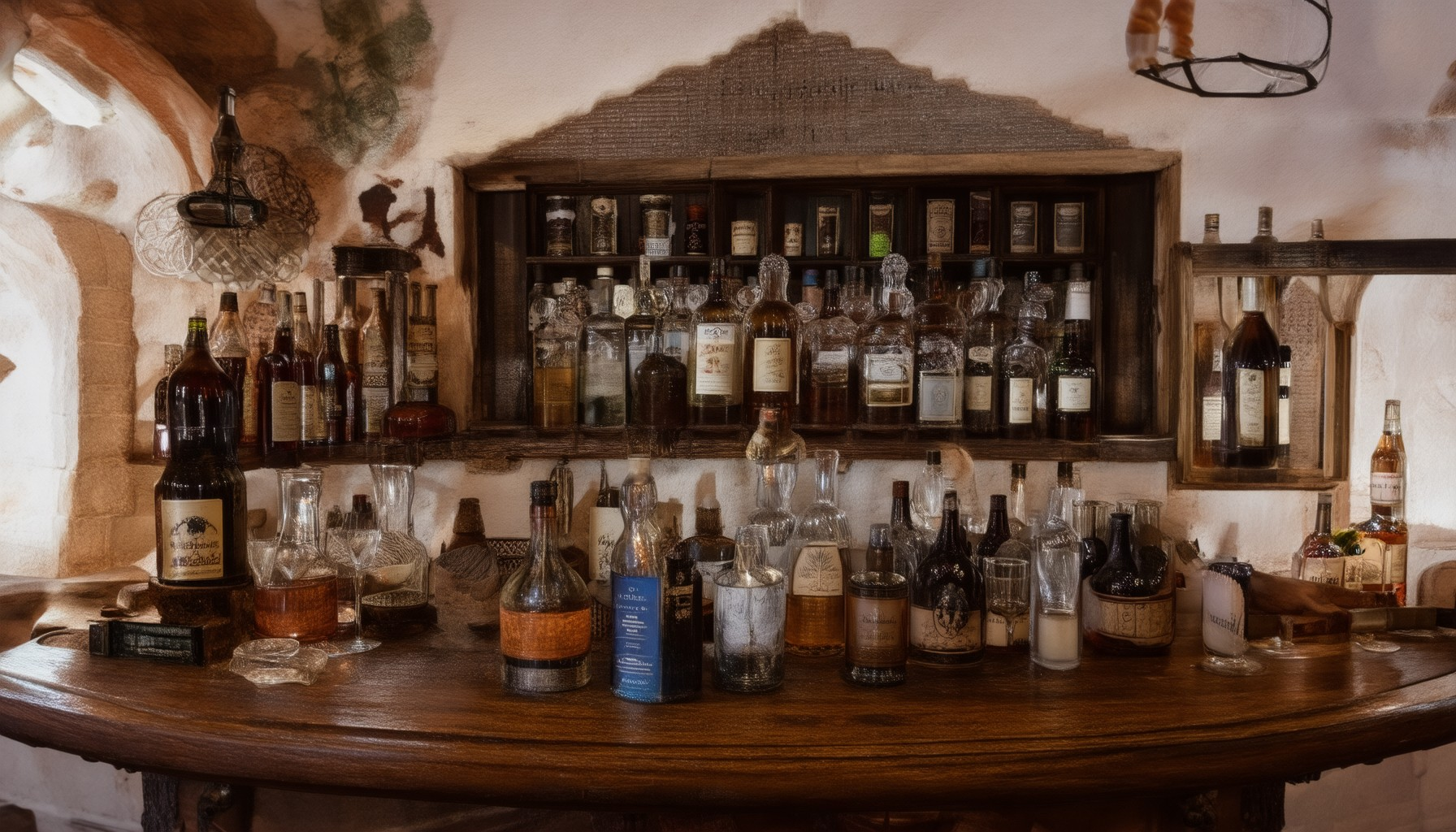
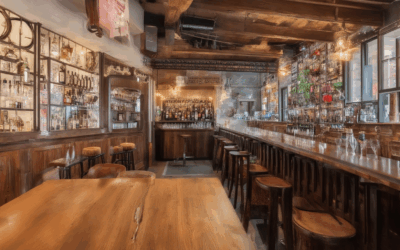
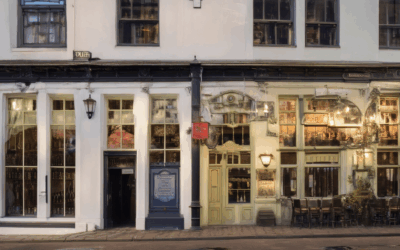
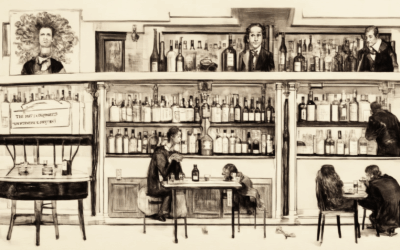
0 Comments